Longhorn Jazz Fest "lost money on the good ones" during its five-year run
Austin's first music festival with national acts went from crucial to commercial
Austin’s known today as a music festival town, with four or five big ones a year, but the concept was new when the 1966 Longhorn Jazz Fest was held over two days in April at the original Disch Field on Barton Springs Road. You ready for the lineup? Dizzy Gillespie, Lightnin’ Hopkins, Sonny Stitt, Dave Brubeck, Stan Getz, Gerry Mulligan, Gary Burton, Pete Fountain, Maynard Ferguson, Bud Freeman, and an unbilled Coleman Hawkins (he jammed with Getz and Freeman on “Body and Soul”), plus homecoming sets from Austin born piano great Teddy Wilson and former Anderson High Yellowjacket Kenny Dorham.
John Coltrane was also on the bill, but he had to cancel last minute due to mouth problems, so the Miles Davis Quintet, with Herbie Hancock on piano and Tony Williams on drums, filled in last minute. Heard they were pretty good.
This whole thing happened only because local promoter Rod Kennedy convinced 25 civic-minded Austinites to pledge $1,000 each ($9,400 in today’s money) to bring to town an event that would showcase the live music potential of the capital city. That seed money covered the loss co-promoter George Wein (legendary founder of the Newport Jazz and Folk Festivals) anticipated on this first venture. Austin had zero reputation as a live music town until the ‘70s.
Over 11,000 tickets were sold over two days, and it would’ve been more if the LJF hadn’t been booked the same weekend as UT’s Roundup, which snapped up most of the hotel rooms. Next year would be different.
Next year would rain like hell (Kennedy’s reputation as “the Drought Killer” begins), with the fest, featuring Thelonious Monk, Nina Simone, Illinois Jacquet, Arnett Cobb, and two of the alltime greatest drummers, Jo Jones and Buddy Rich, moving indoors to Municipal Auditorium.
The acts stayed at the Downtowner Hotel at 11th and Trinity, so there was lotsa afterhours jamming in the basement jazz club of the Iron Gate Inn across the street. It got crazy, with Kennedy getting his first call about damages as a promoter. “Thelonious Monk trashed his hotel room,” said Kennedy, who made the jazz great reimburse $400 after he admitted swinging from the chandelier.
The third annual Longhorn Jazz Fest in 1968 also had stops in Dallas and Houston, as part of a national “Schlitz Salute to Jazz ‘68” tour, with pop singer Dionne Warwick the headliner. Also on the stripped-down bill at the future Palmer Auditorium were Wes Montgomery and Cannonball Adderley. With a sellout crowd of 5,000, that one made money, as did the 1969 LJF, which found Blood, Sweat & Tears closing out a fest that included B.B. King, Miles Davis, Hugh Masakela and the return of Ms. Simone.
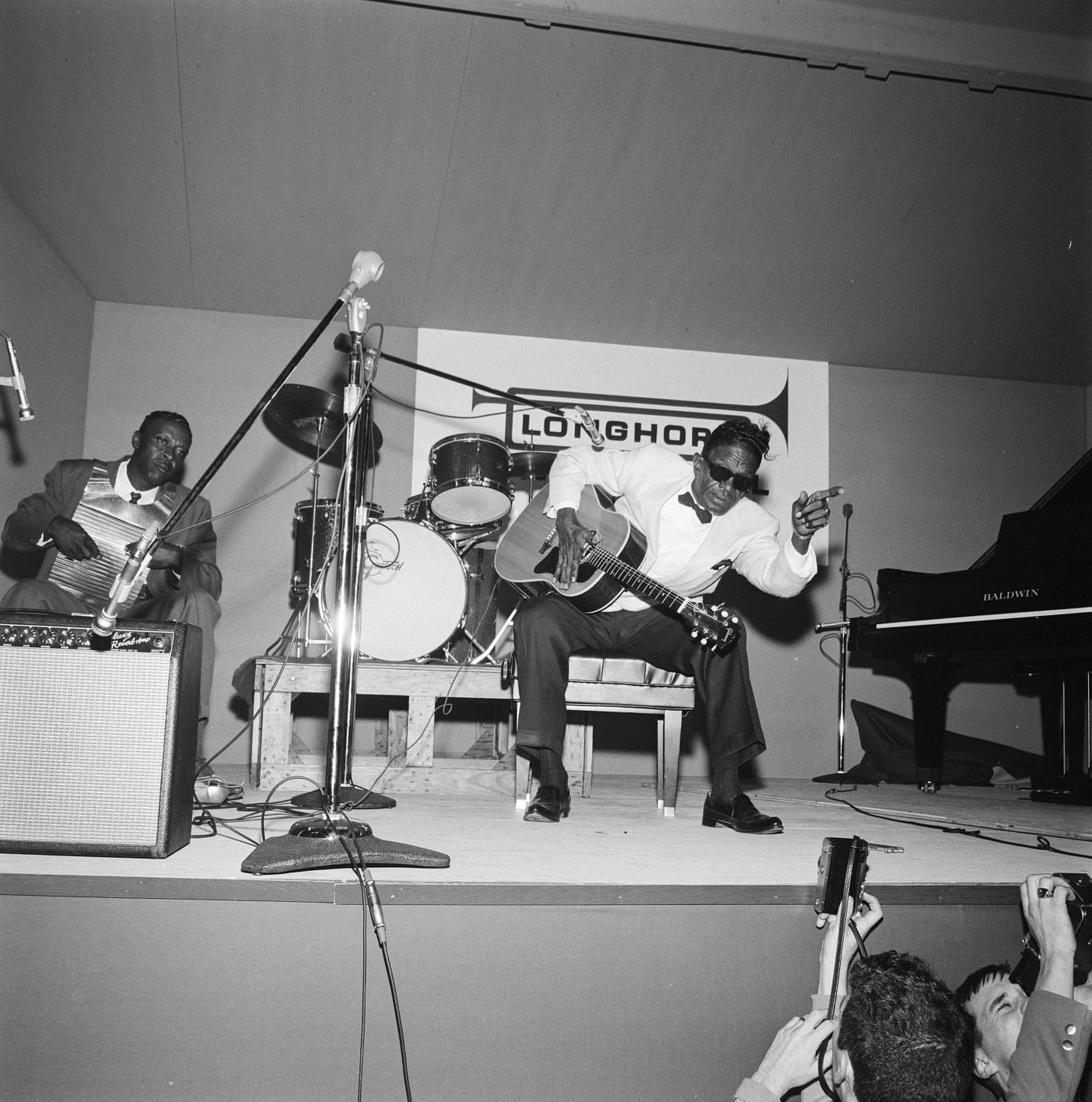
“The good ones lost money, while the pop ones made money,” bemoaned Wein, a jazz purist who also played piano at the first fest.
Sticking with the commercial headliner model, the fifth and final Longhorn Jazz Festival from Wein featured Roberta Flack at the top of a bill that also had B3 organmaster Jimmy Smith, Les McCann, Eddie Harris and Adderley.
Next came the post-Woodstock era of the rock festival. The first big one in town was held Sept. 12, 1970 at Clark Field (26th and Red River), headlined by the Allman
Brothers with Duane Allman and Berry Oakley still in the group. Organized by a UT student committee, who couldn’t come up with a name more clever than “Rock Festival,” this all-day affair found Leon Russell ready to steal the show (some say he did). Meanwhile, It’s a Beautiful Day and PG&E got the crowd going with their hits “White Bird” and “Are You Ready?”, respectively.
It was a beautiful day of music, by all accounts, but in terms of Austin music history 9/12/70 is most significant because earlier in the day a 19-year-old kid from Dallas named Alan went knocking on doors at the Villa Capri until he had a record deal. Leon said you got five minutes kid, but he kept singing his original songs for half an hour- and not a clunker in the bunch. Leon signed the kid to Shelter and that’s how Willis Alan Ramsey became the Harper Lee of progressive country. Concerts end, but a classic album never stops spinning.
Kennedy would go on to produce the legendary Kerrville Folk Festival (1972- present), but he first tested the fields for musical feasibility in 1964 with his KHFI-FM Summer Music Festival at Zilker Park’s Hillside Theater over six nights in July. (Kennedy owned the station). Monday was Folk Night and featured Carolyn Hester two months after she was on the cover of the Saturday Evening Post. Also on the bill that first year was Lightnin’ Hopkins, who played Austin in the ‘60s almost as often as his native Houston.
In year two of the KHFI Summer Festival, Kennedy booked George Wein to play a jazz piano set.
Carolyn Hester, meanwhile, was one of the Austinites who put up $1,000 for the Longhorn Jazz Festival two years later.
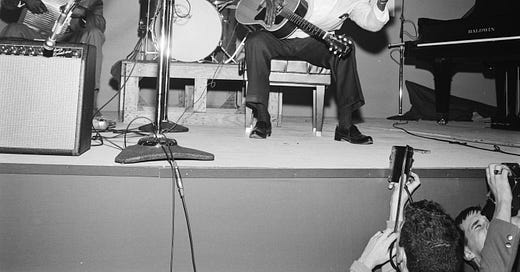


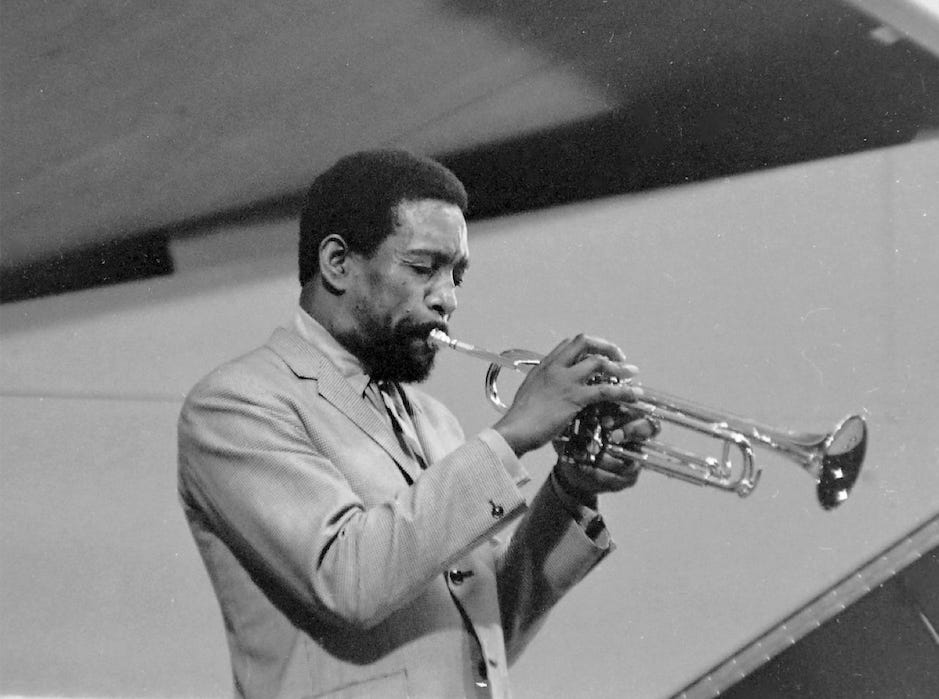
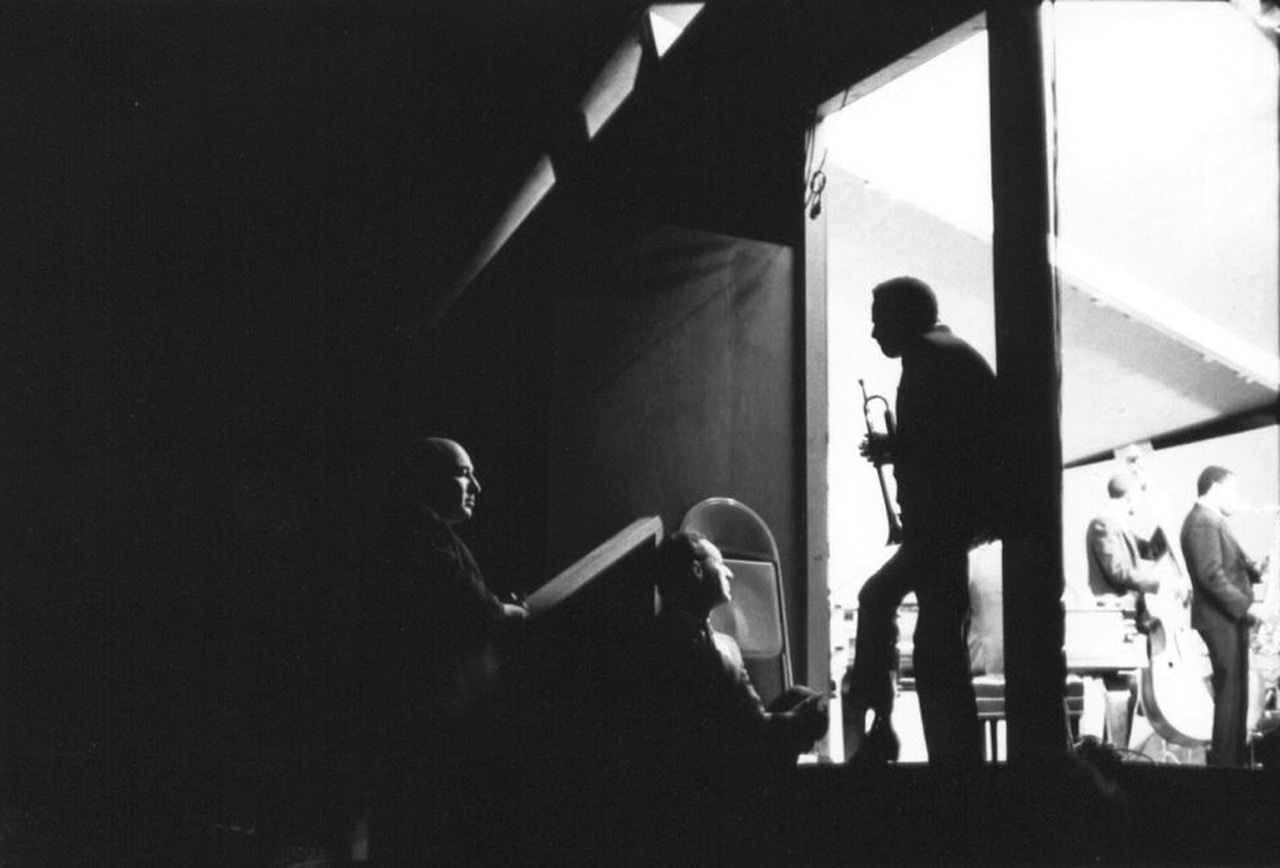
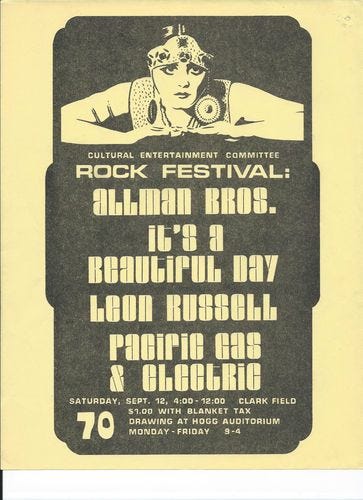

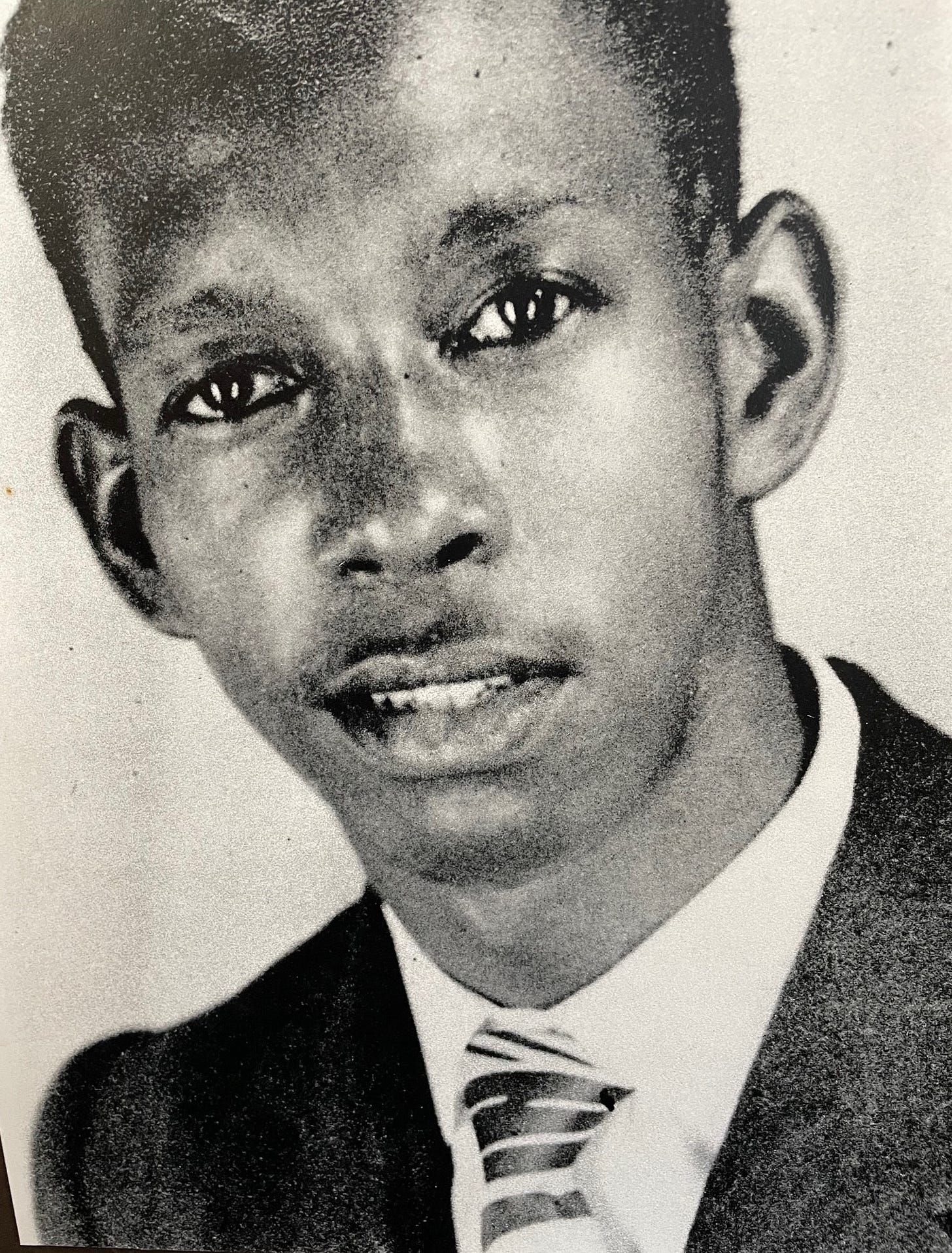
I was working for Bill Lacy's ad agency that summer of 1969 and Rod Kennedy was a client of ours. We produced the promo materials for the concert at Palmer that featured Blood Sweat and Tears, BB King, etc. Thanks to our connections, I had two great seats. A friend fixed me up with a really cute date. Two things I remember -- one of the BS&T mics got lost or they claimed, stolen, and an angry roadie got on a hot mic and vented his frustrations. They finally fixed things and the concert went on. Also, from my vantage point, I could see into the stage left wing. While BB King was playing, I could see Hugh Masekela standing there offstage, rocking out and smiling ear to ear. Funny how some snippets of time stay with you.
The Rock Festival at Clark Field on 9/12/70 was the first open use of free floating weed smoking I remember on campus. EVERYONE appeared to be openly smoking and walking around with joints in their mouths and puffing away…and to their credit…the campus cops were totally cool about it. I don’t recall any harassment or arrests.
Totally peaceful scene with several thousand students spread out on blankets covering Clark Field and grooving to the Allman Brothers and Leon and Co.,etc. Attendees could walk along the open perimeter pathway to the foot of the stage which was right in front of Billy Goat Hill. Nobody crowded the area and if you wanted to stroll within ten feet of Duane Allman in all his glory…you could…same with Leon. The most harmonious concert I ever attended.